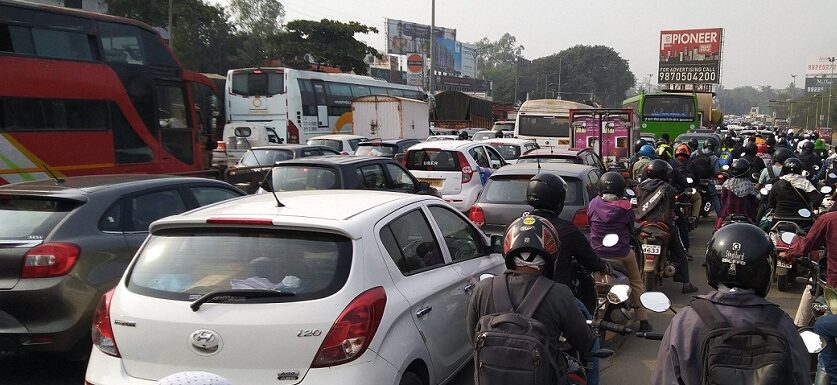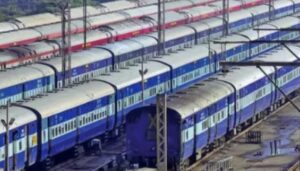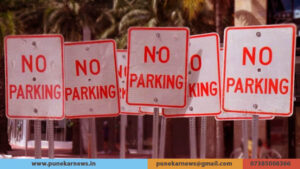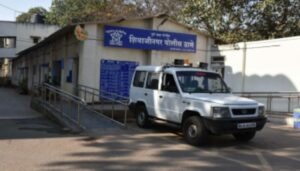Annual Global Ranking shows 17% Reduction in Road Congestion in Pune, Suggests Future Traffic Trends

Pune, January 15, 2021: Location technology specialist, TomTom (TOM2), today released the TomTom Traffic Index, a report detailing the traffic situation in 2020 in over 400 cities in 57 countries. In India, the big change is how far congestion levels have fallen due to the global pandemic.
Pune saw a decrease (average of 17%) in congestion, and a 26% and 31% average decrease in congestion during morning and evening rush hours respectively. The other three cities from India featured in the Index – Mumbai, Bengaluru, and New Delhi saw an average decrease in congestion levels by 12%, 20%, and 9% respectively.
Despite a drop in congestion levels, three cities from India featured in the TomTom Traffic Index’s global top 10 list – Mumbai (2nd), Bengaluru (6th), and New Delhi (8th).
TomTom’s traffic data, which is powered by 600 million connected devices, is an authoritative indicator of people movement, economic activity levels, global trade, and so much more. Since the onset of the Covid-19 pandemic, TomTom’s traffic insights have been used by analysts, corporations, and the media to explain a world in flux.
As well as ranking cities from the most to the least congested, the TomTom Traffic Index report provides incredible data insights into how the global pandemic changed mobility through engaging and interactive visuals.
Werner van Huyssteen, General Manager, India, TomTom, said: “Last year, we announced that both global and India congestion levels in 2019 had increased for the ninth consecutive Traffic Index. In 2020, we saw a vastly different picture. From lockdowns to closed borders, people movement changed – and it changed very fast.”
However, TomTom’s experts don’t expect the roads to stay so uncongested unless there’s a concerted and deliberate change in driver behaviour, supported by policymakers and, importantly, employers. Although the global pandemic has created an opportunity to change traffic forever, will people embrace the shift in mobility and take a new path towards a cleaner, congestion-free future? For example, an end to the rush hour could even be possible through flexible working hours, working from home, and a smart approach to using traffic data to determine the best times to travel.
Werner continues, “Although traffic congestion in India was down in 2020, it’s not going to become a trend unless we take action. We might even see traffic levels shoot up again as people get back to work and back into old routines. That’s why now is the time that India’s city planners, policymakers, employers – and drivers – must take stock of what they will do to make the roads less congested in the future.”





